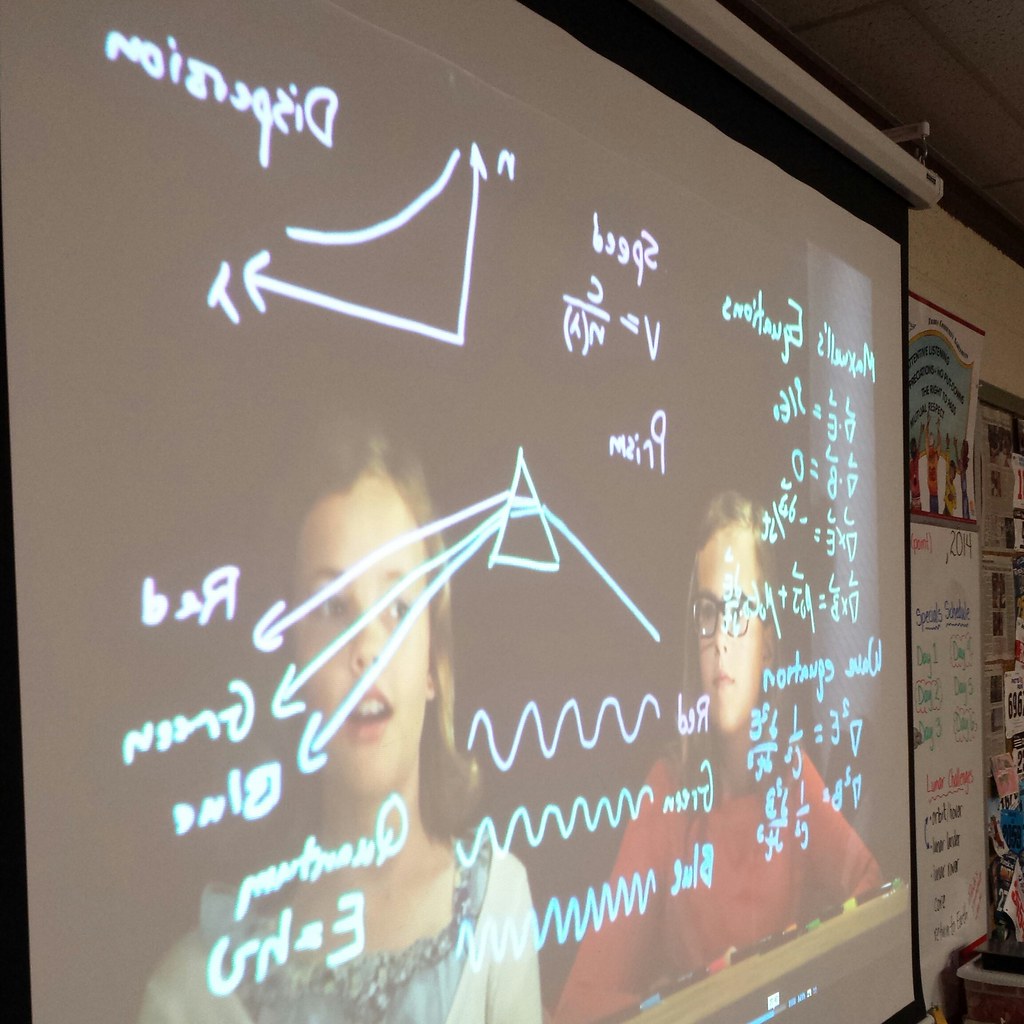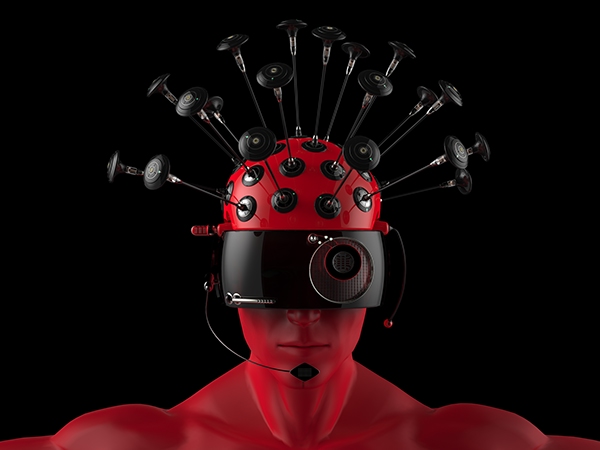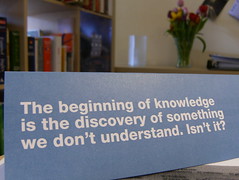This post is an excerpt taken from my upcoming online training resource: Science Communication Best Practices. It is based on work I completed in a MITACS supported Canadian Science Policy Fellowship with Environment and Climate Change Canada.
Not My Job: Why Scientists Should Also be Communicators
As a scientist, you may feel as though you have your hands full conducting your science, and that it is other peoples’ jobs to communicate about it. After all, your department, university or lab already has communication personnel, so why can’t they do it?
We’ve heard this comment before, and even though professional communicators possess a lot of knowledge about communication, there are very good reasons why every scientist should learn to communicate about their work. For example, studies have shown that people are less likely to trust information they receive about climate science if that information is shared by politicians or professional communicators, however, people will be more likely to trust the same information if it is shared by scientists themselves.
This blog post by Scientific American gives some compelling reasons why scientists should talk directly with the public, rather than going through intermediaries. It highlights the ways that the passion that scientists have for their work can inspire others, and gives resources for those people interested in becoming better science communicators. Furthermore, most scientists, including government scientists, are in roles that are mandated to serve the public. Public service means communicating your findings to others in ways that are accessible to everyone.

Nobody understands your topic better than you do. You have spent years devoted to every nuance of your area of study. This means that a professional communicator can not do your topic justice the way you can. If they get questions for additional details, they may not be able to provide the best answer. On the other hand, you are able to provide responses to many possible questions because you know your topic so well. By taking the time to communicate your science directly, you are ensuring that people get access to the best information possible, because it comes from you.








